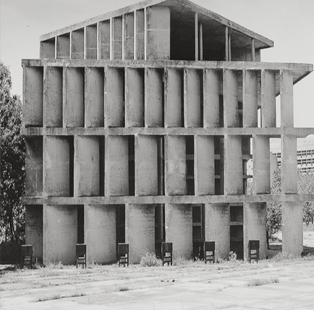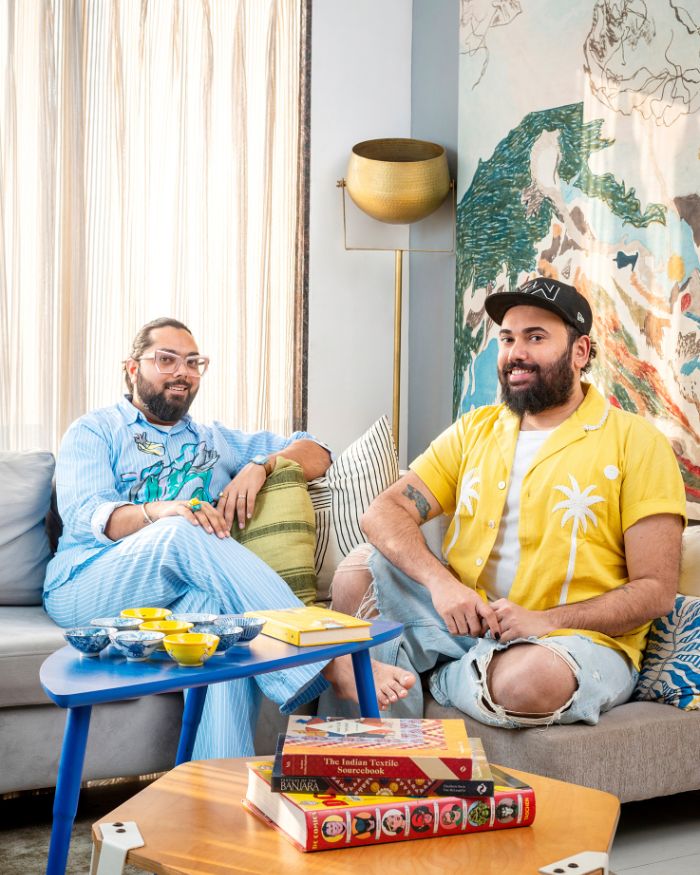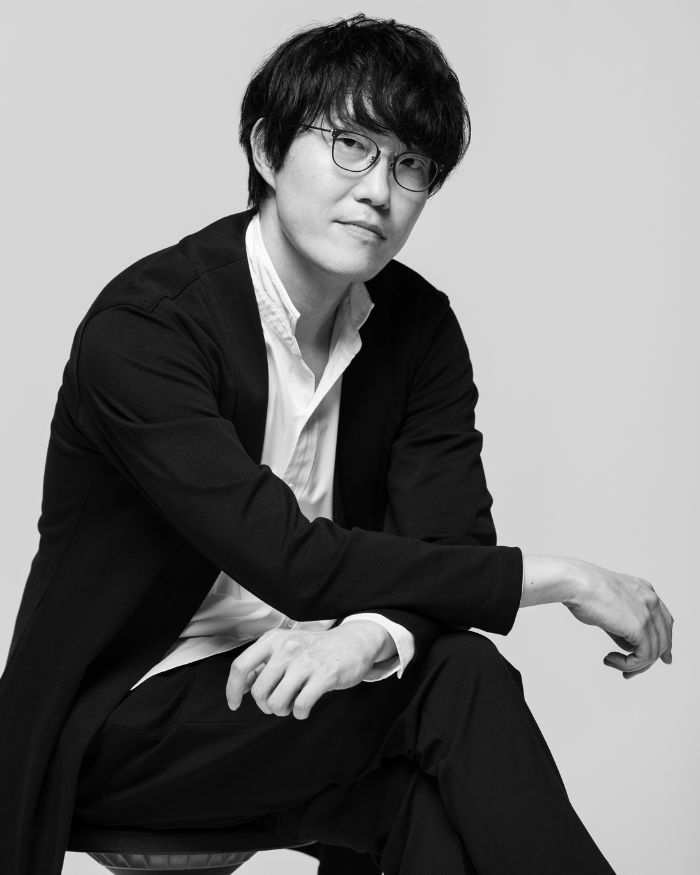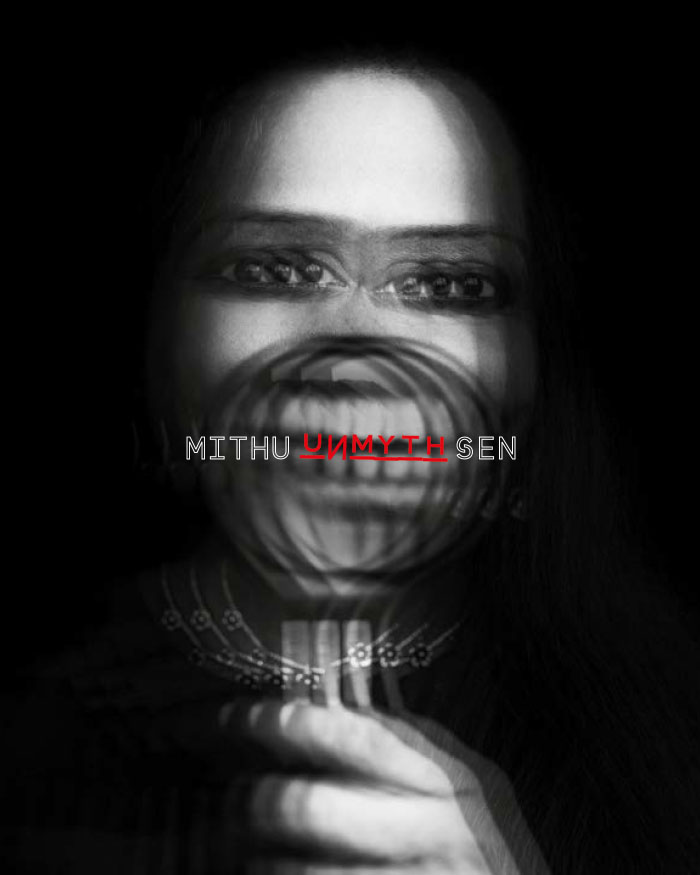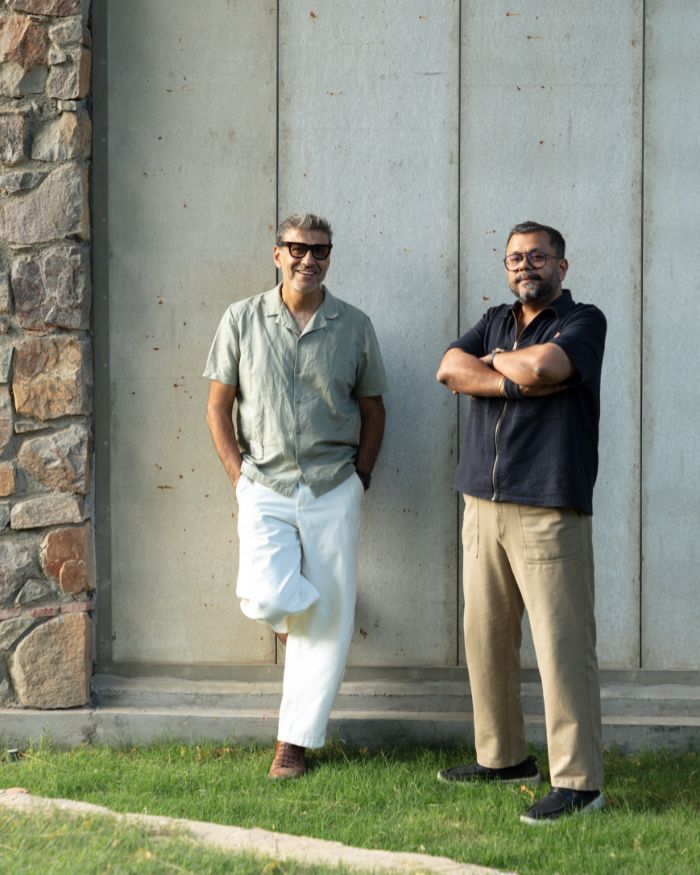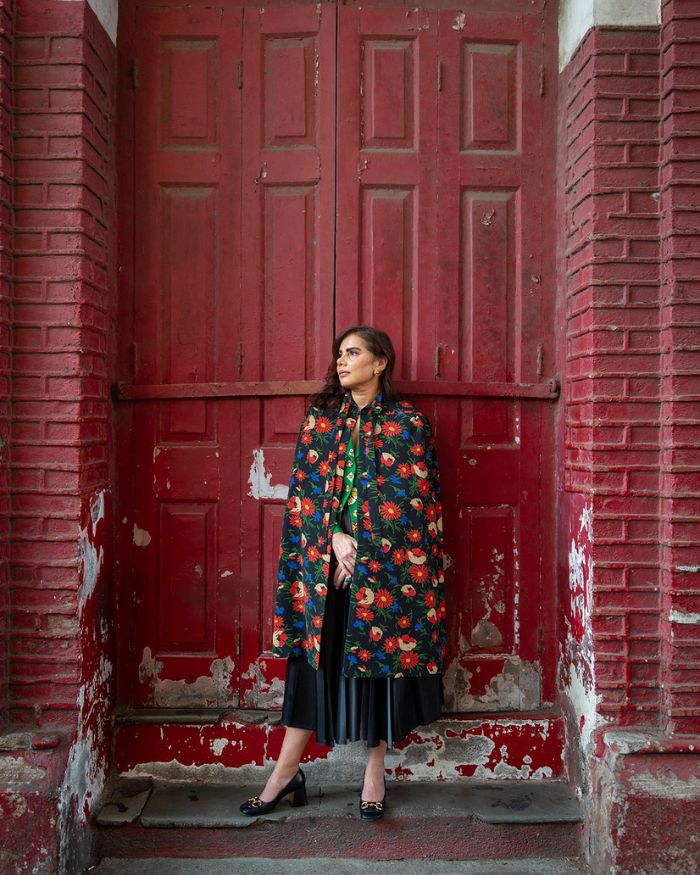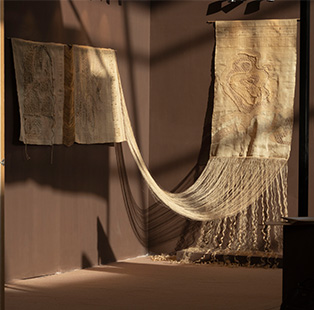MN Sharma, first chief architect of Chandigarh, who worked with legendry architect Le Corbusier recently passed at the age of 93. A practicing architect to his last day, Sharma was an urban activist by vocation taking it upon himself to save the heritage of Chandigarh and the legacy of his mentor. His home was nothing short of a museum, the modernist construction embodied the essence of Le Corbusier’s architectural philosophy. Inside, one steps into the past, into the Chandigarh of the ‘50s.
We sat by a little heater in his study early last year, surrounded by endless piles of old photographs, letters, architectural drawings and city plans. Sharma took me effortlessly through his archives, giving me detailed descriptions of the various projects that have constituted his career and spoke fervently about his mentor and friend Le Corbusier.
Ashiesh Shah: Tell us about your first meeting with Le Corbusier.
MN Sharma: We gathered by the office window when he heard he had arrived, hoping to get a quick look at him. At the time he seemed strict, aloof and a little unapproachable. With time we grew closer and he often invited me for a some solan whisky or homemade wine. He was a very disciplined person and an oxymoronic combination of humble yet arrogant.
AS: What was it like working with him?
MNS: I was the last architect to have worked directly with him. I was already designing by myself before that. He gave me a lot of autonomy and often gave me free reign on projects. I assisted him with the 11 storied Post and the Telegraph building. He sometimes corrected my work but encouraged me to think creatively and intelligently. He never gave advice and never talked about other architects. He was also very concerned about the people he worked with. In retrospect he was especially kind to me. He wrote me a personal letter when my wife Amrita passed away. However on a professional level I interacted with Pierre Jeanneret far more than I did with him personally.
AS: How different was it working with Pierre Jeanneret compared to Le Corbusier?
MNS: Pierre was an excellent architect. Le Corbusier was the guiding force in the making of the city but Jeanneret was instrumental in helping build Chandigarh and realising Le Corbusier’s vision. We worked on several projects together including the Post Graduate Institute of Medical Education and Research, the Central Police Station Complex, the Government Printing Press and several others. He is often less recognised, but no less important.
AS: Do you think Le Corbuseir’s vision of Chandigarh has been fulfilled? Tell us a little about your role in helping complete this vision, what were the challenges you faced?
MNS: Le Corbusier left a bench mark; it wasn’t easy to keep up with his pace of working. I became the Chief Architect of Punjab at the age of 46. It was a lot of responsibility but I was fortunate to have had an incredible and dedicated team. There was a lack of time, resources, technology and building material. We had support from Pandit Nehru and Mrs Gandhi after which made things a little easier. I was in charge of completing the first phase and planning the second. I worked on several unrealised projects including the Capital Complex, the Tower of Shadows, the Geometric Hill, the Museum and Art Gallery.
Today, I feel extremely concerned about several structures in the city. New and ongoing projects need to be completed and old structures should not be left in a state of disrepair.
AS: You call Chandigarh a ‘Handmade city’ tell us about that.
MNS: Chandigarh’s creation was challenged by the constraints and the paucity of financial resources and by the need to use materials and labour close at hand. It was built by men and women who willingly endured primitive living conditions as they worked to create a new city for a newly independent country.
AS: There’s been a lot of debate around Chandigarh’s heritage, particularly about the furniture being neglected.
MNS: We don’t realise the importance of this furniture. It is an important part of our heritage and modern Indian design. The West has realised its value, it’s unfortunate that we, here have not given it its due respect.
AS: You’ve designed some furniture yourself through your career.
MNS: Yes I have, a designer can design anything if he or she puts his mind to it. One only needs three things to design anything talent, passion and a calm mind. Recently I’ve also been working on paintings and sculpture.
AS: You have a lot of furniture in your home, both yours and original pieces from the 50s. What are your plans for these pieces?
MNS: I hope to make my home a museum, I want people to come and see and experience these works. Apart from this I would also like to share my archives with the public.
Also read: Take a tour of Ashiesh Shah’s Mumbai office

